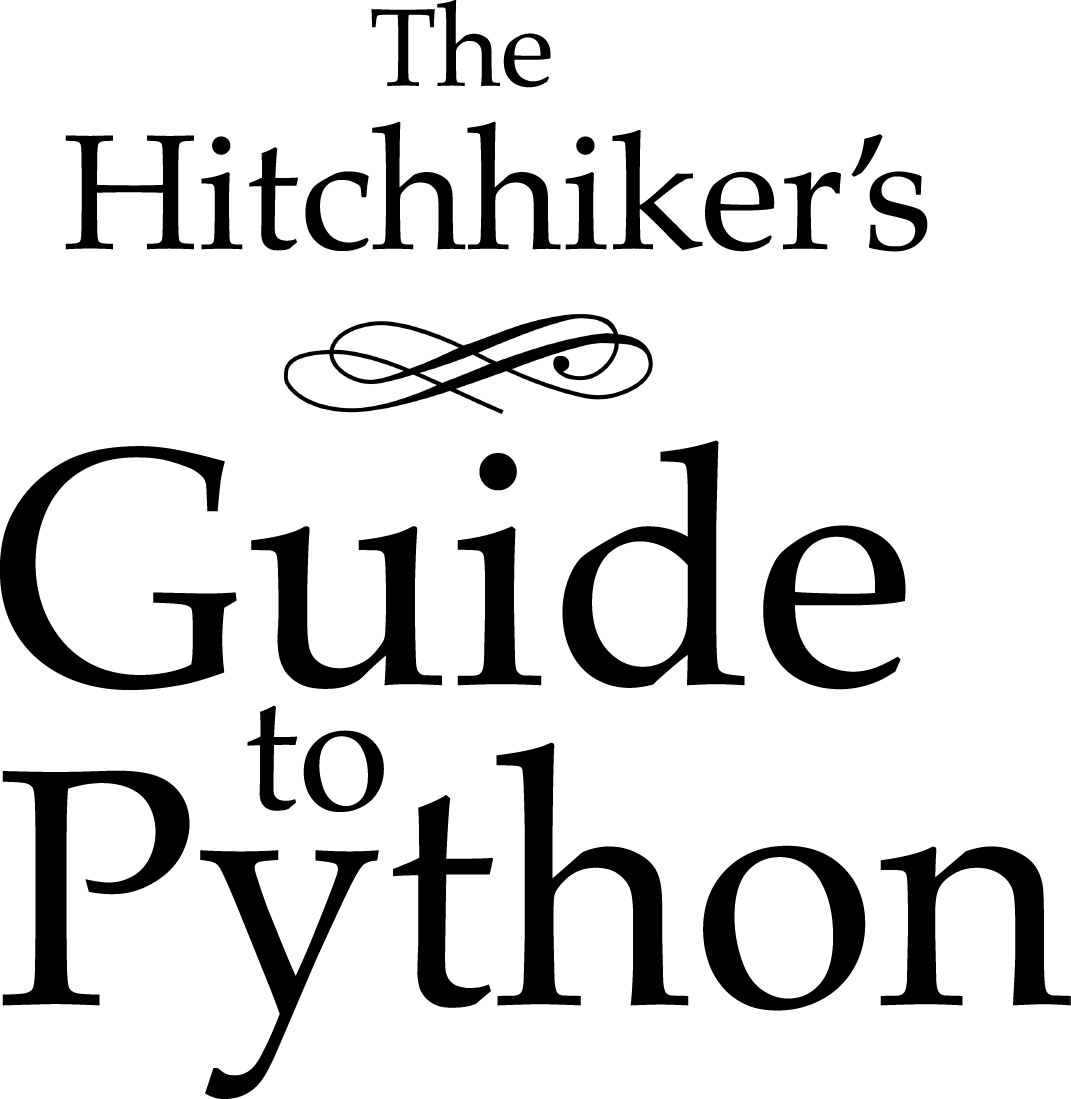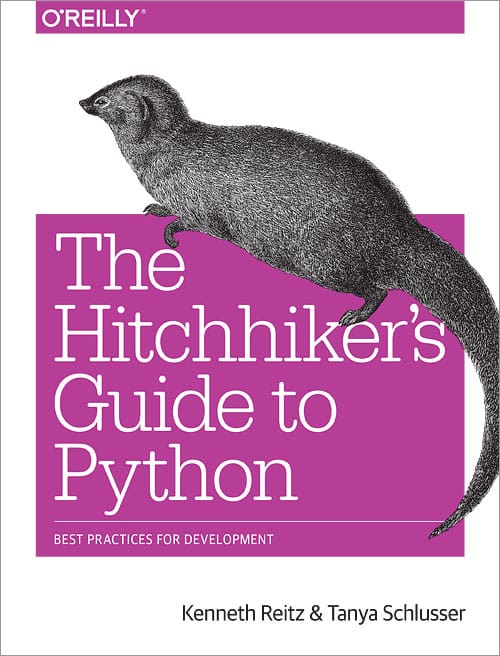The Hitchhiker’s Guide to Python!¶
Greetings, Earthling! Welcome to The Hitchhiker’s Guide to Python.
This is a living, breathing guide. If you’d like to contribute, fork us on GitHub!
This handcrafted guide exists to provide both novice and expert Python developers a best practice handbook to the installation, configuration, and usage of Python on a daily basis.
This guide is opinionated in a way that is almost, but not quite, entirely unlike Python’s official documentation. You won’t find a list of every Python web framework available here. Rather, you’ll find a nice concise list of highly recommended options.
Note
The use of Python 3 is highly preferred over Python 2. Consider upgrading your applications and infrastructure if you find yourself still using Python 2 in production today. If you are using Python 3, congratulations — you are indeed a person of excellent taste. —Kenneth Reitz
Let’s get started! But first, let’s make sure you know where your towel is.
Getting Started with Python¶
New to Python? Let’s properly setup up your Python environment:
- Properly Install Python on your system:
- Using Virtualenvs with Pipenv:
Python Development Environments¶
This part of the guide focuses on the Python development environment, and the best-practice tools that are available for writing Python code.
Writing Great Python Code¶
This part of the guide focuses on the best-practices for writing Python code.
Scenario Guide for Python Applications¶
This part of the guide focuses on tool and module advice based on different scenarios.
- Network Applications
- Web Applications & Frameworks
- HTML Scraping
- Command-line Applications
- GUI Applications
- Databases
- Networking
- Systems Administration
- Continuous Integration
- Speed
- Scientific Applications
- Image Manipulation
- Data Serialization
- XML parsing
- JSON
- Cryptography
- Machine Learning
- Interfacing with C/C++ Libraries
Shipping Great Python Code¶
This part of the guide focuses on sharing and deploying your Python code.
Additional Notes¶
This part of the guide, which is mostly prose, begins with some background information about Python, and then focuses on next steps.
Note
Notes defined within all diatonic and chromatic musical scales have been intentionally excluded from this list of additional notes. Additionally, this note.
Contribution notes and legal information (for those interested).

